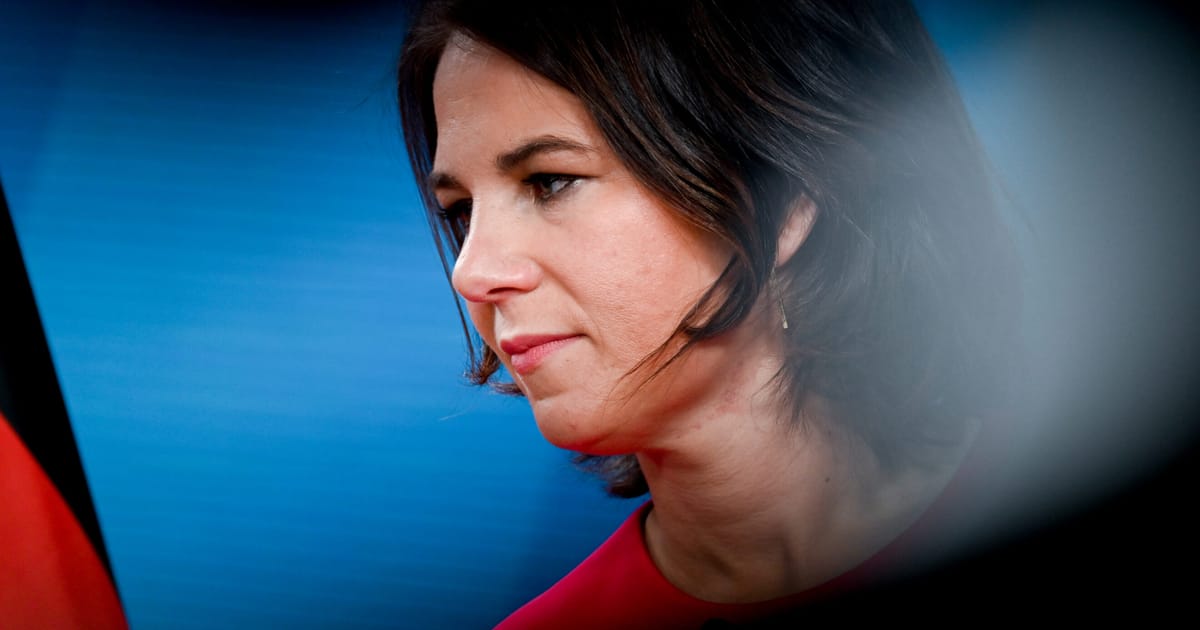The number of South African internet users has nearly doubled in the past decade. One 2023 study of 45 developed countries suggests that South Africans even lead the world when it comes to the amount of time spent in front of screens, at 58.2% of the day.
This digital transformation has significant implications for the country’s media. Particularly for newsrooms that want to engage online audiences in a time when news production has evolved towards greater participation of citizens and civil society. More and more, listeners are contributing to media processes.
During protests, for example, news outlets often invite people at the scene to use WhatsApp groups to share firsthand observations, images or videos. These are verified and incorporated into news coverage. (Indeed, WhatsApp emerged as South Africa’s most popular social media platform in 2022.)
This shift is at the heart of our recent broadcast and community media study. We examined two community radio stations – Zibonele FM and Bush Radio – in South Africa’s Western Cape province. We wanted to know how social media platforms like Facebook and X are shaping the way that young people interact with the stations, and how radio is adapting to meet them online.
We found the stations have embraced social media apps and are actively using them to shape content. Young people are increasingly participating in citizen journalism to influence this content.
This could keep community radio relevant – and that matters. South Africa is home to over 290 community radio stations, far outnumbering the 41 commercial and public service stations. Community radio emerged with democracy in South Africa in the 1990s, providing a platform for alternative voices and grassroots organisations. It’s able to address issues often overlooked by mainstream media.
The stations
Zibonele FM and Bush Radio stood out for us. This is because of their youth-focused content, multilingual broadcasts, diverse audience segments and robust use of digital technologies in news production and programming.
Zibonele FM is based in Khayelitsha, a vast township (black residential area) on the outskirts of Cape Town. The station broadcasts mainly in the local Xhosa language.
Bush Radio is one of the country’s oldest and most influential community stations. Founded in 1992, it has played a role in shaping post-apartheid life in Cape Town. Apartheid was a system of white minority rule that suppressed black voices. Bush Radio provided a platform for voices and perspectives that were often marginalised in mainstream media.
June 2023 data puts listenership figures of Zibonele FM at 182,000 a day. Bush Radio attracts 49,000 listeners. The average daily listenership of community stations in the Western Cape is 29,000.
The study
We conducted in-depth interviews with station managers, producers and journalists at these two stations. Alongside this we studied social media posts from the stations’ X and Facebook accounts and we analysed their on-air content.
We wanted to see if social media shaped youth-oriented programming at Zibonele FM and Bush Radio. While the study’s scope remains small, it provides valuable insights into the digital transformation of news production in South African community radio.
Young Zibonele FM and Bush Radio listeners, we found, were actively participating in the news processes at the radio stations. Especially when the stations tailored their news to draw in these communities. A station manager explained:
We’ve gained a lot of followers, showing that people are drawn to the station’s young presenters on social media. Many engage with our live videos and interactive content, validating their active involvement in shaping news production and content direction. This reinforces our roles as central community hubs.
Our data analysis revealed that young audiences on X and Facebook used these platforms to hold journalists accountable, forcing them to reevaluate their reporting. One producer said:
Any mistake leads to immediate corrections. This caution improves our content quality and accuracy, benefiting from feedback from our social media followers.
The participants in our study stressed the importance of WhatsApp voice notes as a feature of social media that enabled greater engagement from youth audiences. Young listeners are actively shaping the content production process by sending questions as voice notes. This shift diminishes the power traditionally held by presenters and producers. One producer elaborated:
When we interview guests, we inform our audiences that we have a question, and they actively engage with it. During interviews, we encourage young people to post voice notes, which the interviewees respond to. This practice enables us to incorporate diverse voices on air, as people often prefer sending voice notes, sometimes in the form of questions.
Our research underscores how Zibonele FM and Bush Radio have empowered young listeners to engage with journalists actively. This allows them to question and challenge news content.
Station managers reported increased engagement on social media, reinforcing the effectiveness of these strategies in expanding reach and enhancing audience participation. Young audiences, for their part, also used social media to hold journalists accountable, fostering a culture of transparency and trust.
Why this matters
The challenges faced by South African community radio, such as limited reach and resources, are well documented.
For a long time academics have observed that journalism is undergoing changes because of social media.
Social media, as seen in our study, can have a significant impact on the future of radio programming and news. It could lead to a dynamic shift towards more interactive and community-driven programming. This would sustain community radio and enhance its role as a vital source of alternative voices, diverse perspectives and local engagement.
John Bulani was a co-author of this study.




